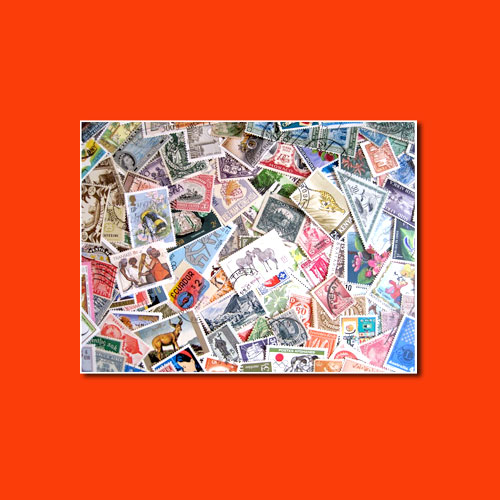The Secrets of the Stamp Market
2020-04-23 Thu
In the 1970s the Salamon Brothers report stated that stamps were the third-best investment over oil and gold. One may expect to see a high percentile increase in the price of stamps on a year-to-year basis. Such an impression is misleading.A stamp will trade in a very narrow band, then in a matter of a month or two moves up 50 percent or more, to remain relatively quiescent for the next interval, just like the stock market. This is what we know. What we don't know is that: when a particular stamp will move, and how much it will move. But we have a theory.
The collector is, in reality, the stamp market. It is he/she, for whatever irrational reasons, who buys this otherwise worthless piece of paper and puts it in an album never to sell it until dotage or death. One group of market analysts watches the larger stamp dealers, who sell primarily to collectors, to see what they have in short supply- for it is collector demand that has pruned these dealers' supply. Such items usually go up in price. Theories on how much a particular item will go up once it has begun its move abound; unfortunately, they do not predict much better than chance.
Some people live with the mistaken notion that you have to be rich to invest in stamps. If someone can spend even Rs. 100 a month on stamps, he can derive a reasonable investment return from them in addition to the pleasures of collecting. From a strict standpoint of investing here’s a pro-tip: a person spending only Rs. 100 per month should never buy more than one or two stamps each month.
Stamps are an exceptionally poor short-term investment. If you go to sell your stamps, you will often get only 70 percent or less of their retail or resale price, which is considerably lower than conventional investment instruments. If you sell your stamps at auction, the commission will end up being 20 percent of the ultimate sales price, so you see that a relatively long holding period is the only way stamp investments will work.
When you buy a stamp for Rs. 100, it is immediately worth Rs. 70 or less; and even with 15 percent per annum growth, it will take nearly three years to pull up again. But by compounding, assuming the 15 percent per annum holds, you should be able to sell the same stamp for a 40 percent profit after five years, and 175 percent profit after 10 years, all taxed at the preferential capital gains rate.
Latest News
-
Gold Pagoda of Vijaynagar Empire King Deva Raya I
2024-04-10 WedKing Deva Raya I of the Vijayanagara Empire was a patron of Kannada literature and architecture. He ...
-
Silver Denarius of Septimus Severus
2024-04-05 FriLucius Septimius Severus served as the Roman emperor from 193 to 211 AD. Severus sat on the throne o...
-
Extremely rare 'Malaharamari' type Gold Gadyana of King Guhalladeva-III Sold for INR 611000
2024-04-03 WedTribhuvanamalla, also known as Guhalladeva III, was the ruler of the Kadamba dynasty. His reign coin...
-
90 Years of RBI
2024-04-02 TueOn 1st April, PM #Modi unveiled a special commemorative coin marking 90 Years since the foundation o...
-
Silver Denarius of Julia Mamaea
2024-04-02 TueJulia Avita Mamaea, a Christian Syrian noblewoman, was the mother of Roman Emperor Alexander Severus...

